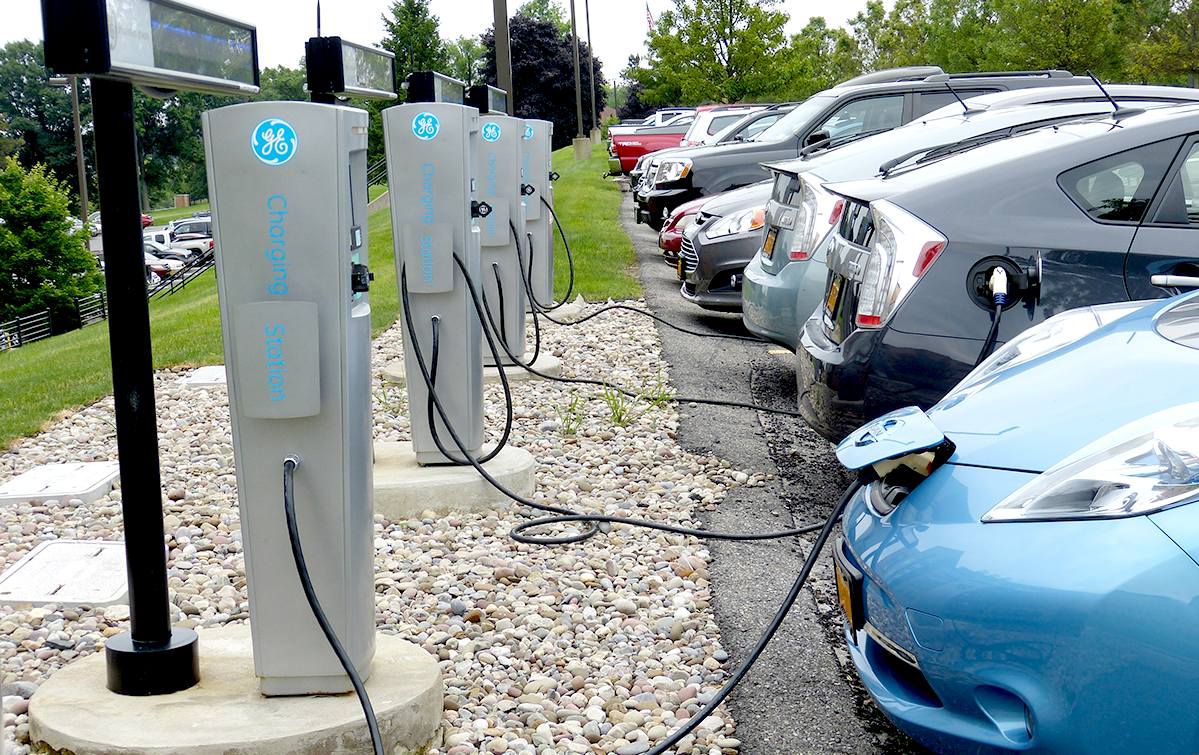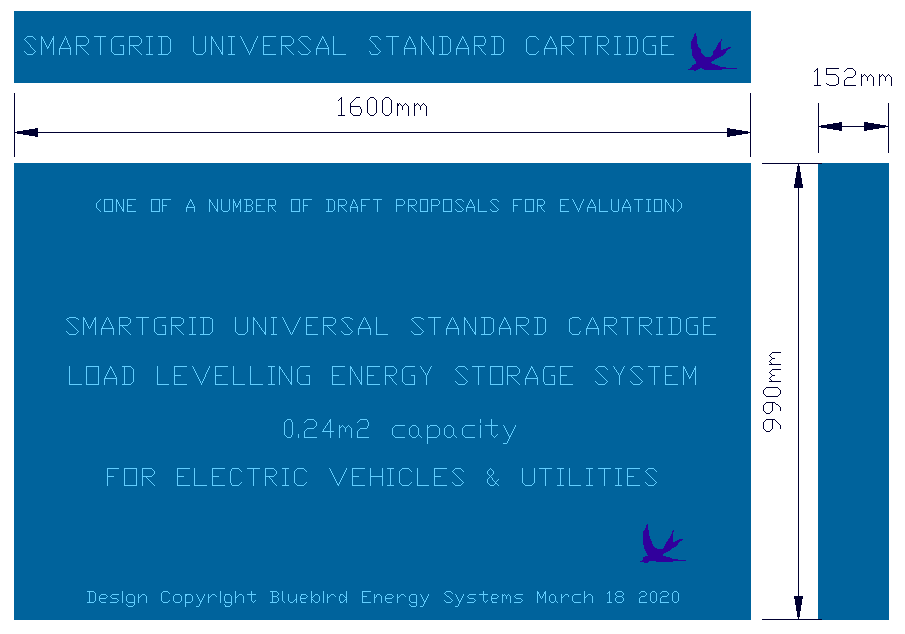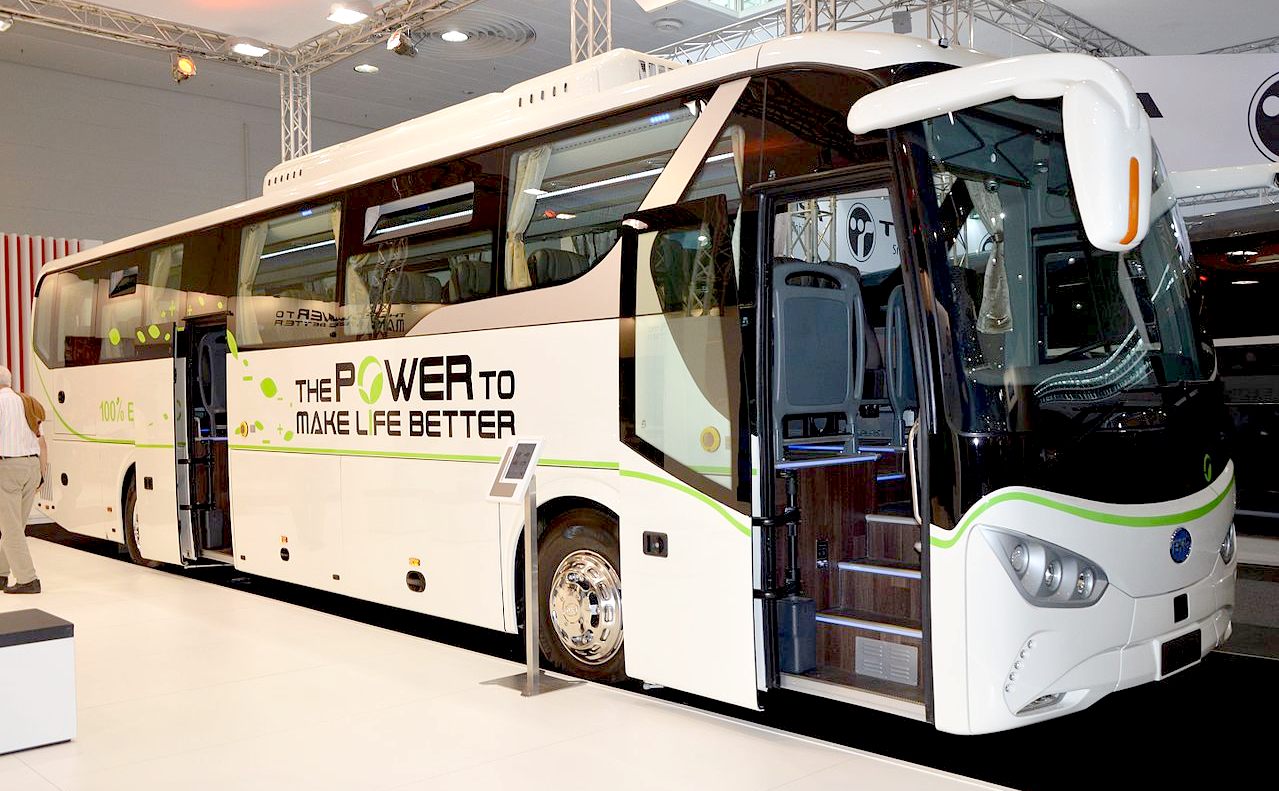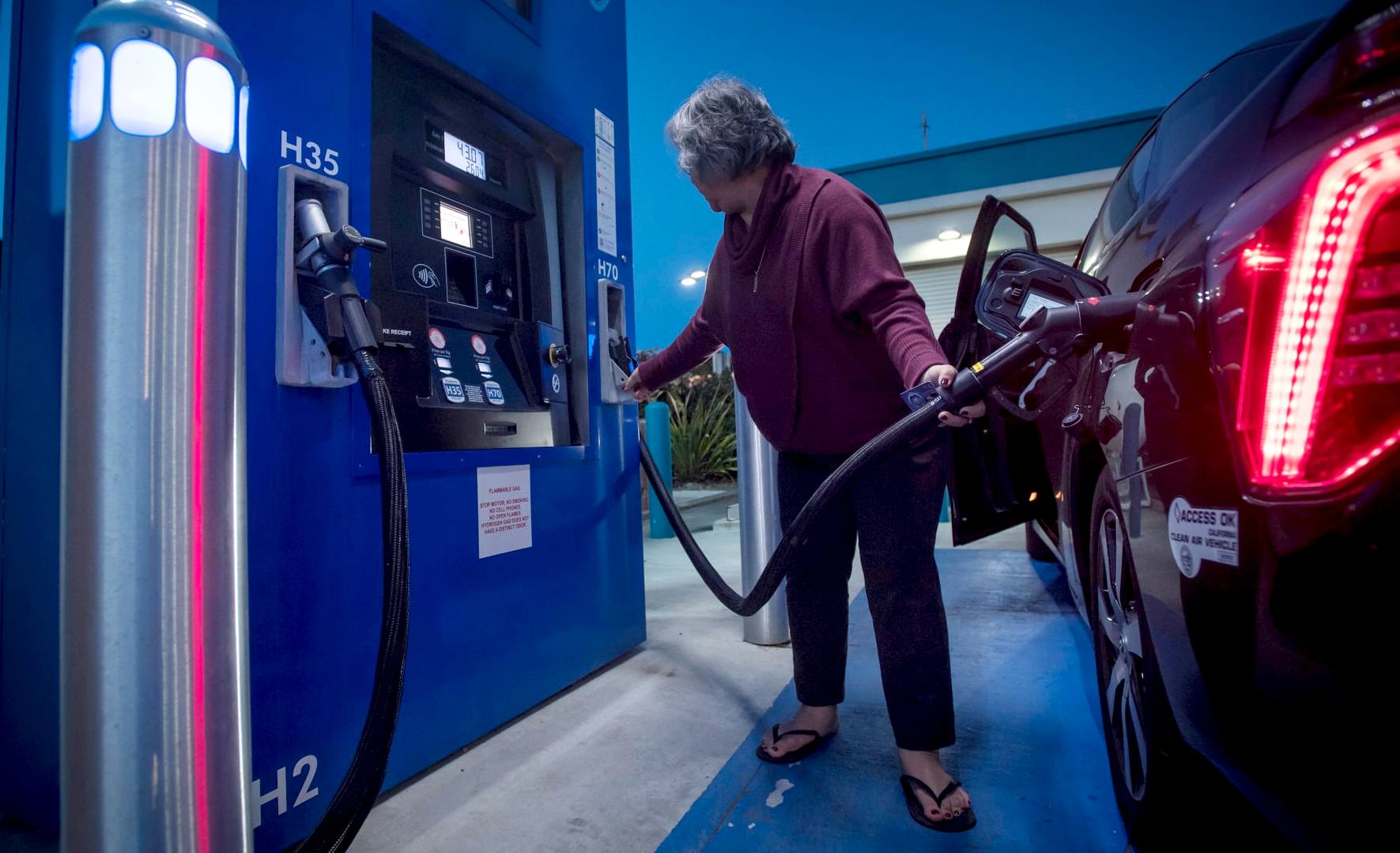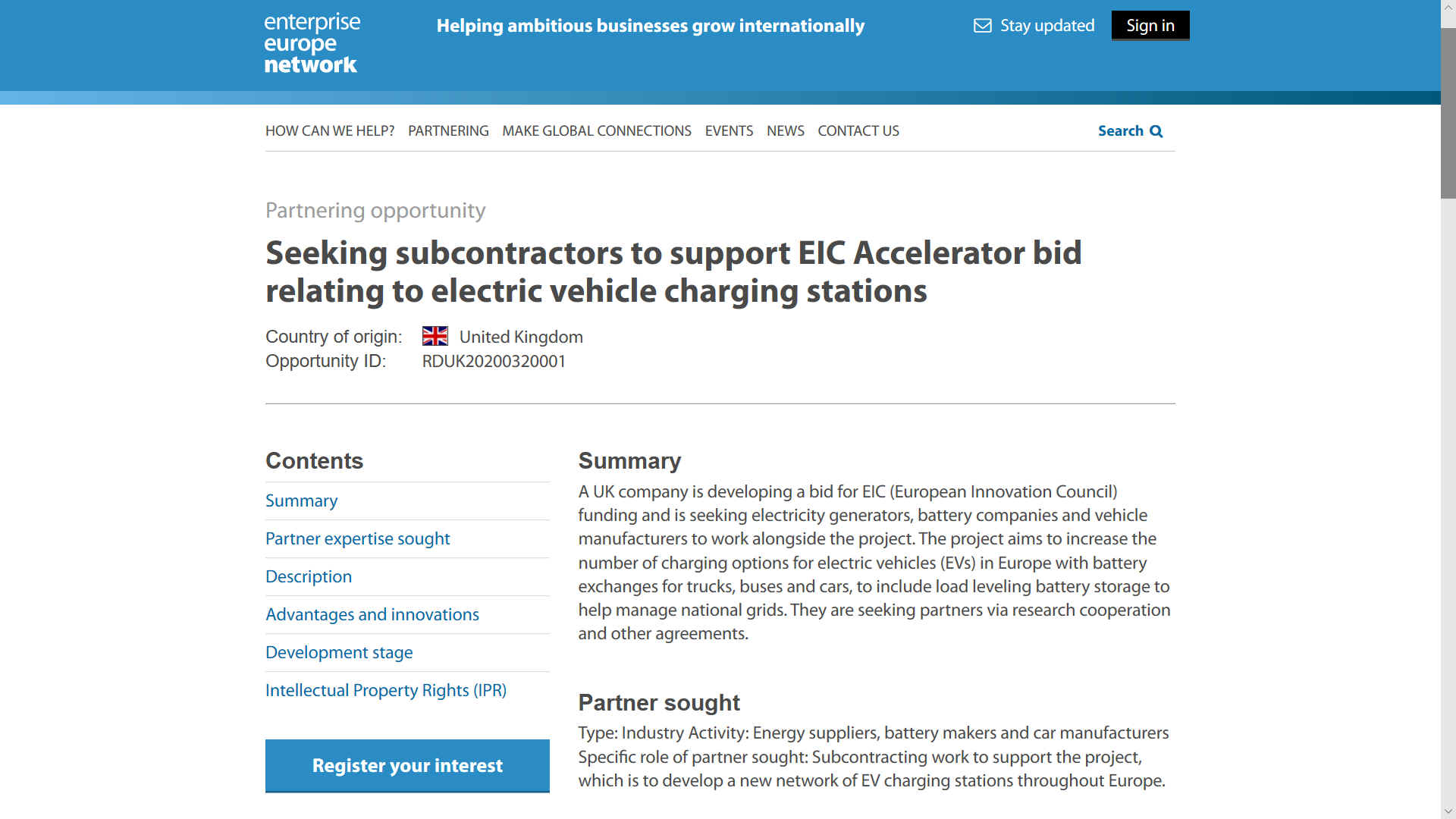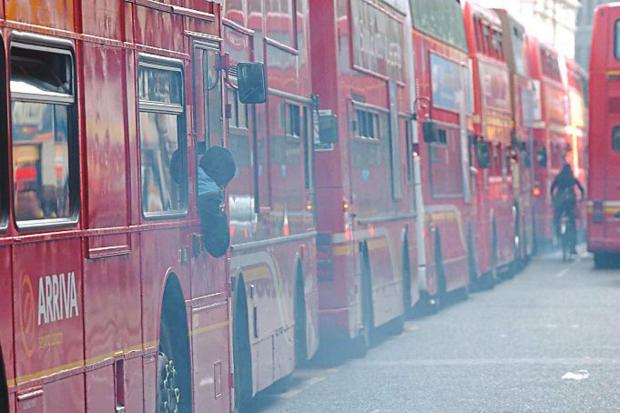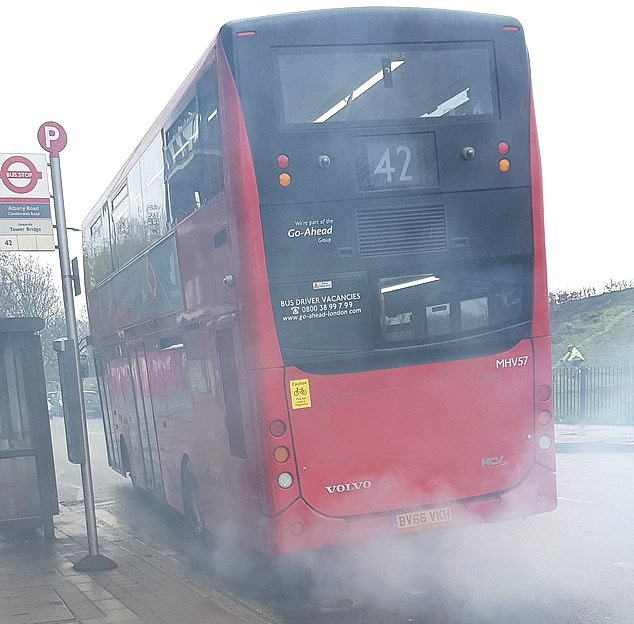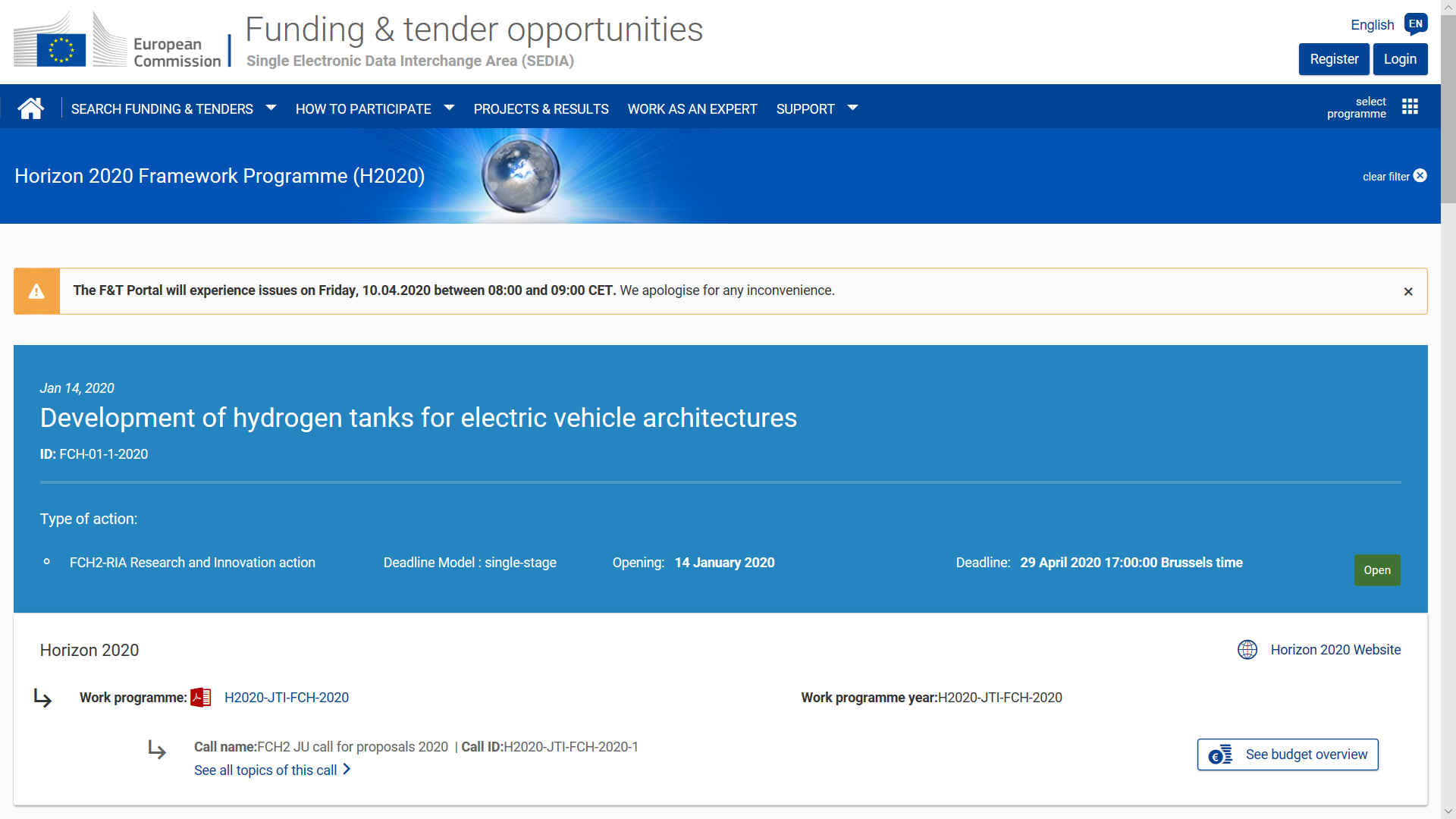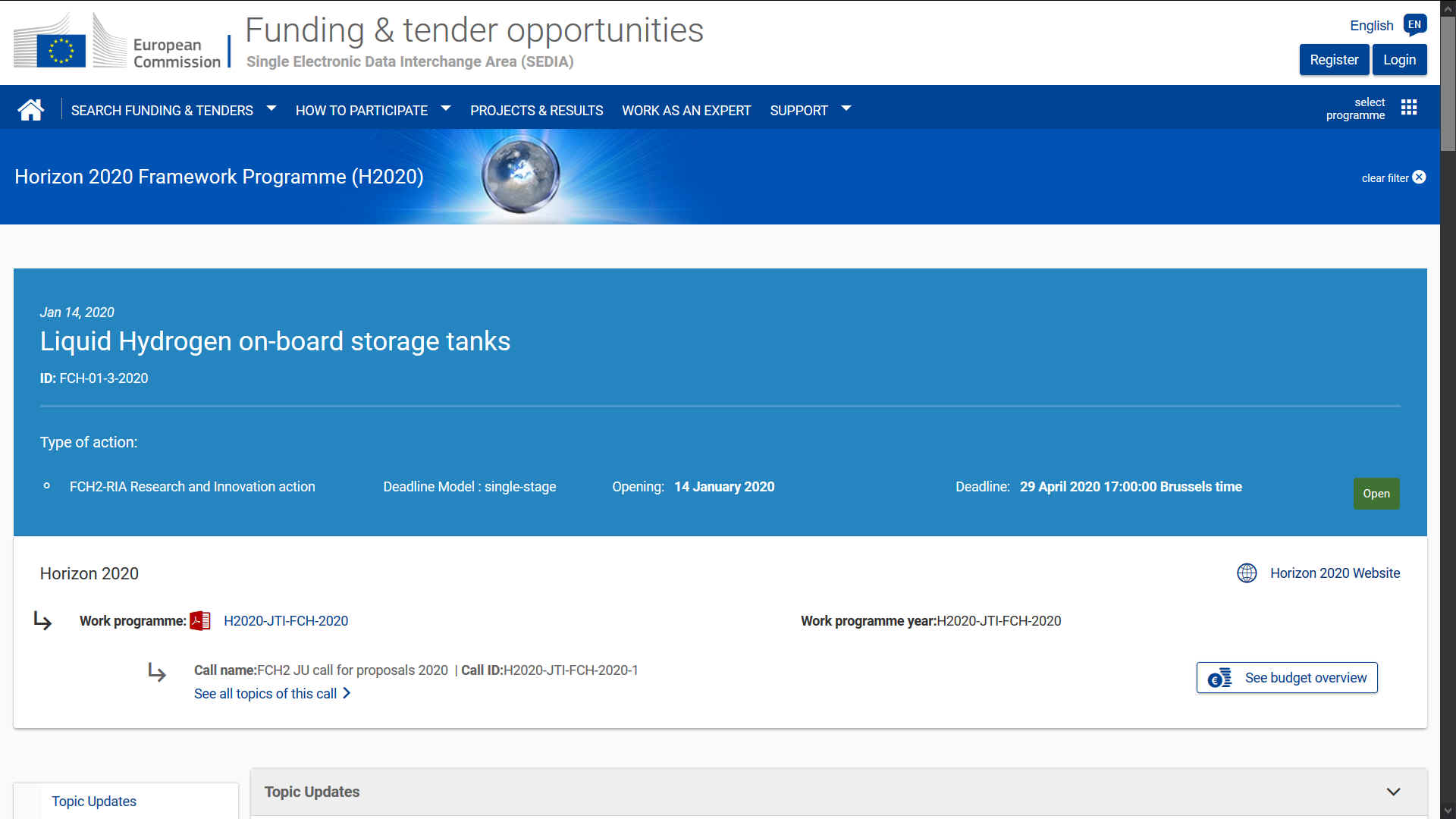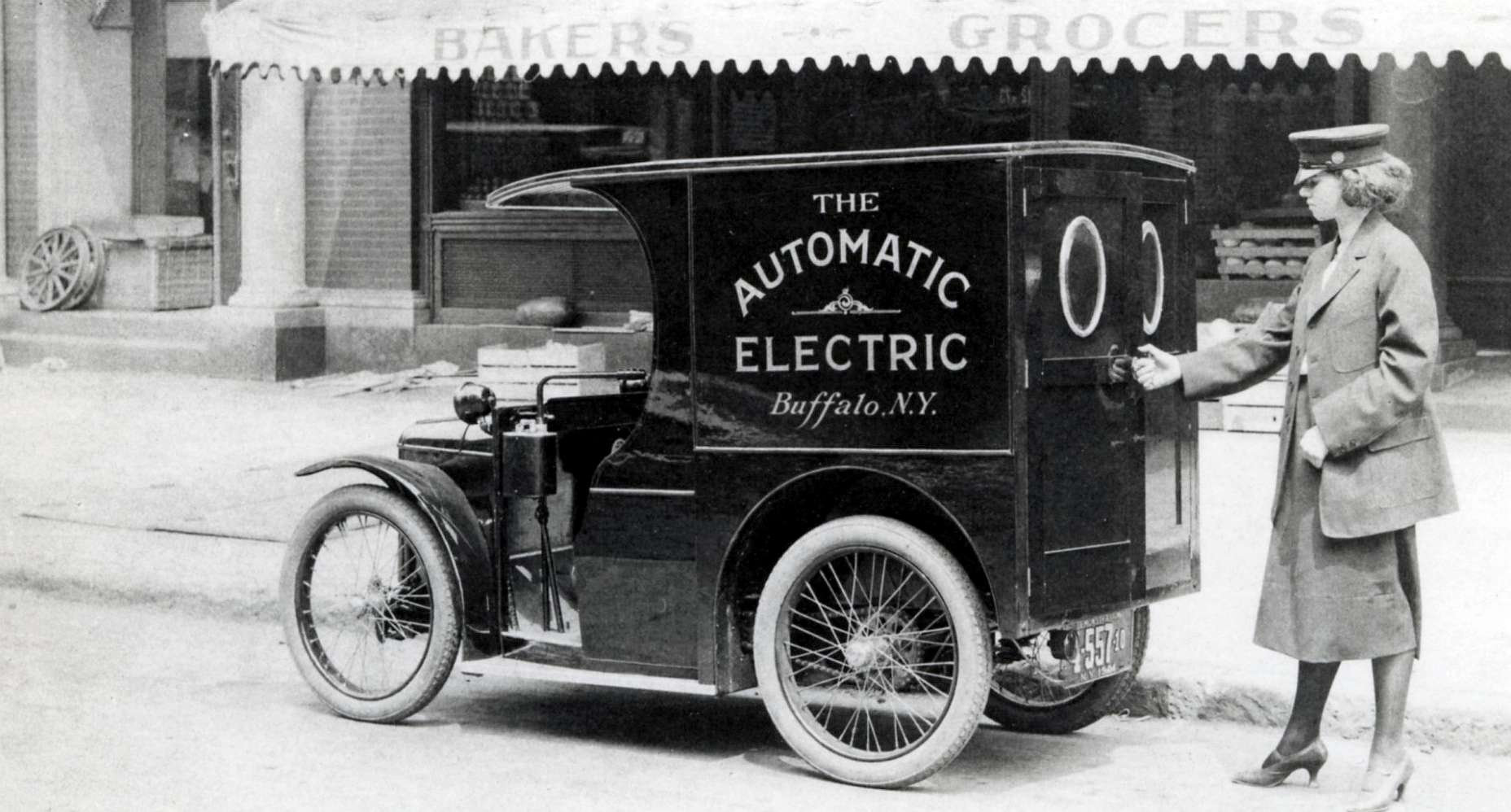|
FCH2020 DESIGN OF EVs FOR HYDROGEN
PLEASE USE OUR A TO Z INDEX TO NAVIGATE THIS SITE OR SEE HOME
|
|
THE SLOW LANE - We all live fast lifestyles. Waiting 30 minutes for rapid charging, even with smart technology, potentially strains the grid, and also damages batteries. And super speed charging strains the grid unacceptably.
There are faster ways of refuelling an electric vehicle with hydrogen or battery cartridges, in just a couple of minutes using off-peak stored energy. Battery swapping could be the solution, provided that it is properly thought out and developed with collaboration from all concerned, interchangeably with hydrogen cartridge swapping.
H2020-JTI-FCH-2020-1
: FCH-01-1-2020
Hydrogen tanks for EV architectures
Passengers
will require space for free movement, which implies among other changes,
body structures without central tunnel.
The integration of both energy systems in the same car body would enable economies of scale, simplify and reduce engineering and manufacturing processes and allow flexible production, which could buffer demand fluctuations.
TECHNOLOGICAL ADAGE - It is the part of a wise man to keep himself today for tomorrow, and not to venture all his eggs in one basket. SMARTNET allows for change in technology. You don't have to bet on batteries or fuel cells. Include both in a diverse asset portfolio - and watch you egg hatch into a solution.
UNIVERSAL BATTERY CARTRIDGE FORMAT PROPOSAL - This cartridge format provides 0.24 of a meter cubic capacity. All of these formats can be used in multiples to provide up to 1.92 of a cubic meter capacity. This is one of a number of sizes that we will be evaluating as part of a study we hope to obtain funding for in relation to electric vehicle chassis design. The proposed cartridge is compatible with the SMARTNET services stations concept. The cartridge may be designed to accommodate cars and trucks. The 'Universal' format cartridge is intended to be compatible with hydrogen storage or battery storage. Cleaner Ocean Foundation is looking to either form a consortium to further the concept, or to join an existing consortium to include commonality for alternative proposals.
Due to the expected (above) changes in future car bodies, installation spaces designated for the integration of energy storage cannot be used efficiently with conventional type IV hydrogen cylinders tanks.
The major challenge today is the integration of hydrogen storage systems that fulfill customers’ autonomy range expectations. Development of novel and innovative tank concepts is therefore necessary, in order to be able to integrate hydrogen drive systems into after-2020, or future vehicles in the lead up to internal combustion engine bans from 2030.
The main challenge consists of packaging high pressure hydrogen storage vessels (which used to have cylindrical geometries in conventional pressure vessels) into a rectangular shape for battery spaces while complying with current type-approval regulations EC 79/2009 and UNECE Regulation No.134.
Finding a tank design concept while fulfilling requirements for certification as well as realizing a high storage volume for acceptable vehicle ranges is one of the main obstacles.
https://eur-lex.europa.eu/LexUriServ/LexUriServ.do?uri=OJ:L:2009:035:0032:0046:en:PDF
EV REFUELLING COMPARISON - Where charging up a battery-powered car can take anything from half an hour to a whole night, you can refuel a hydrogen car in just five minutes using flexible hoses. But, you can also refuel a battery car in less time using cartridge exchange. Meaning that hydrogen loses out, if we take into account energy conversion losses. For this reason hydrogen is unlikely to achieve the same level of market penetration, without a means to work alongside battery vehicles, such that the choice for the buying public is not such a risk, as if putting all your eggs in one basket. ....
EUROPEAN AUTO MANUFACTURERS INCLUDE:
- Audi - BMW - Citroen - Fiat - Ford - Lotus - Mercedes - Peugeot - Renault - Seat - Smart
MAKES OF ELECTRIC TRUCKS
- DAF - MAN - Renault - Volvo
MAKES OF ELECTRIC BUSES & COACHES
- BDY
CANCER
- Many of the compounds released during burning of hydrocarbons are associated with
cancer and often cause short irritation of the respiratory tract and eyes.
SOME OF THE BIGGEST ELECTRICITY POWER COMPANIES A - Z
Duke Energy Corporation, DUK, N. Carolina, USA Dominion Energy Inc., Richmond, Virginia Exelon Corporation EXC, Chicago, USA KEPCO Korean Electric Power Corporation National Electric Grid & Central Electricity Authority (India) National Energy Board (Canada) National Grid plc (formerly Central Electricity Generating Board UK) Next
Era Energy Inc. Florida, USA Southern Company, Atlanta, Alabama, Georgia, Mississippi, USA State Grid Corporation of China TEPCO Tokyo Electric Power Company
LINKS & REFERENCE
https://www.theengineer.co.uk/hydrogen-heavy-duty-trucks-lorries/ https://www.innovationplace.eu/fund/h2020-fch-01-3-2020-liquid-hydrogen-on-board-storage-tanks-/2400 https://www.enterprise-europe.co.uk/opportunities/RDUK20200320001
1921 - A chain driven electrically powered van in Buffalo, N.Y. It was called an automatic, because there was no gearbox. They were easier to drive and did not need starter handles that most women could not manage, hence this picture advertising a lady operator in high heels. Professor Ferdinand Porsche invented battery cartridge exchange in the early 1900s. This was for his electric cars. He also even invented the hybrid, where a petrol generator charged the onboard batteries that powered electric hub motors.
|
|
This
website is Copyright © 2020 Bluebird
Energy Systems. The
names Bluebird,™ and the blue bird in flight
|
